Product Introduction:
4G Ultrasonic Wind Speed and Wind Direction Sensor is a wind speed and direction measuring instrument developed according to the principle of ultrasonic waves. It calculates wind speed and direction by measuring the time or frequency (Doppler transform) difference at the receiving end of the transmitted sound wave pulses. The sensor can simultaneously measure the instantaneous value of wind speed and wind direction.
Ultrasonic wind speed and direction sensors are lightweight, have no moving parts, are rugged, require no maintenance, and are field calibrated. It can output wind speed and wind direction at the same time. Customers can choose the wind speed unit, output frequency and output format according to their needs. You can also choose a heating unit (recommended for use in cold environments) or an analog output depending on your needs. This ultrasonic wind sensor can be used in conjunction with a computer, data logger or other acquisition device with RS485 or analog output. If necessary, multiple units can be used to form a network.
* Models:JXBS-3001-FSFX
* Minimum order quantity: 1 piece
* Delivery time: within 24 hours

Features:
◆ No starting wind speed limit, zero wind speed work, no angle limit, 360 ° full
Azimuth, the data of wind speed and wind direction can be obtained at the same time;
◆ No moving parts, small wear and long service life;
◆ Adopt sound wave phase compensation technology, high precision and fast response speed;
◆ Adopt random error identification technology, which can ensure low discrete error of measurement even under strong wind, making the output more stable;
◆ Engineering plastic shell, lightweight design, easy to carry, easy to install and disassemble
◆ Convenient signal access, support 485-RTU;
◆ No maintenance and field calibration required.
Parameters:
Model: JXBS-3001-FSFX
Communication method: 4g
Power supply mode: power supply 12-24V
Material: ABS
Wind speed measurement range: 0~60m/s
Wind speed measurement accuracy: ±2%
Wind direction measurement range: 0~360°
Wind direction measurement accuracy: ±3°
Response time: less than 5 seconds
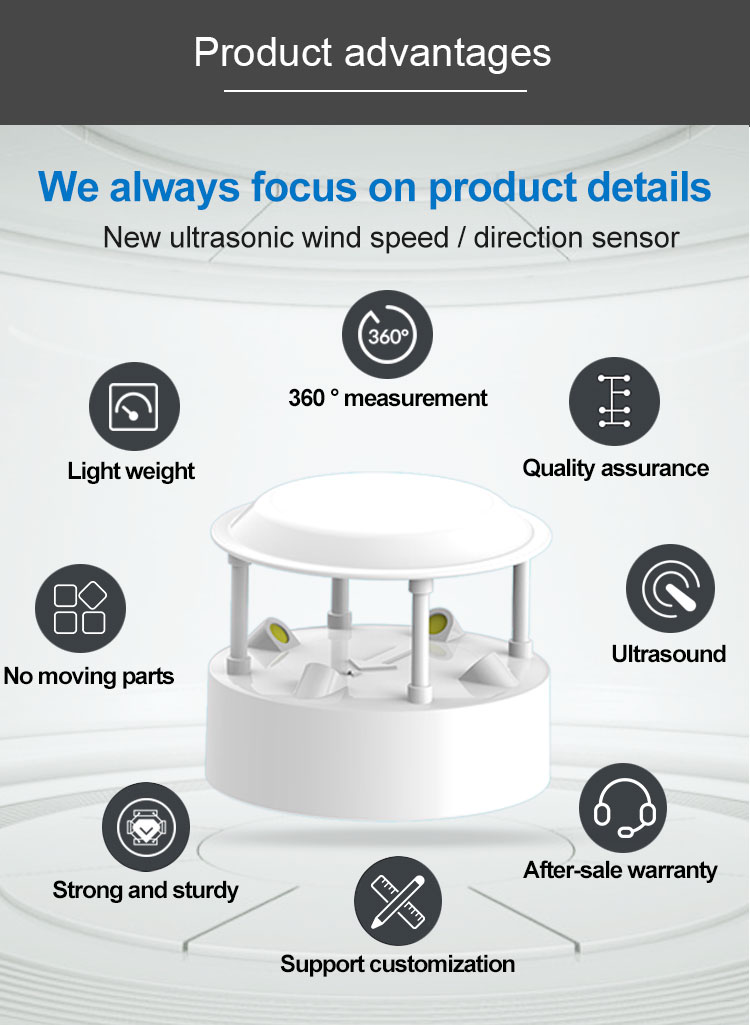
Attention:
(1) Please be careful not to connect the wrong wiring sequence, the wrong wiring will cause the device to burn
(2) The factory default provides 1.0 meters long wire, the customer can extend the wire as needed or connect in sequence.
(3) Note that there is no yellow line in the line sequence that may be provided in some factory batches. At this time, the gray line is equivalent to replacing the yellow line.
Installation method:
Flange installation is adopted, and the threaded flange connection makes the lower pipe fittings of the wind direction sensor firmly fixed on the flange plate. Four installation holes are opened on the circumference of the chassis, and bolts are used to fix it tightly on the bracket, so that the whole set of instruments can be kept in The best levelness ensures the accuracy of the wind direction data, the flange connection is easy to use, and can withstand greater pressure.
Note: When the sensor is installed, there is the letter N on the top surface, which should be facing the north direction.

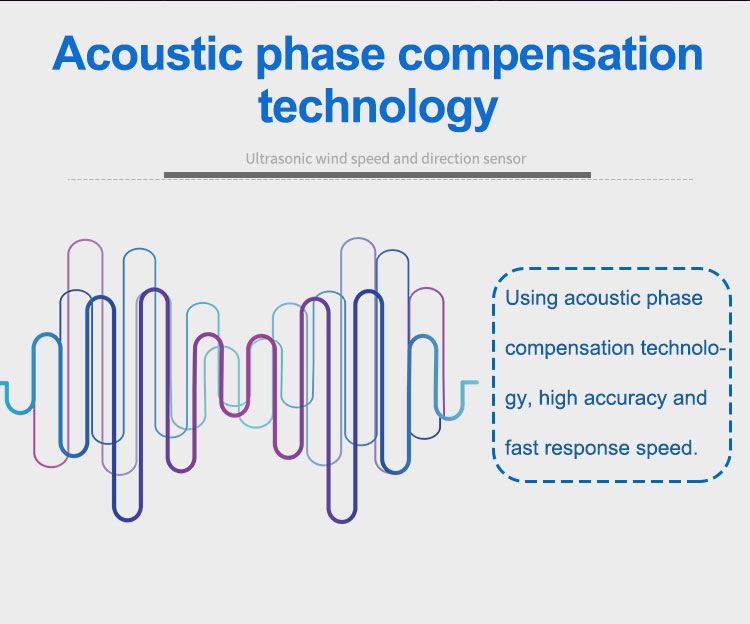
FAQs:
1. What is ultrasound?
Ultrasounds are sound waves with frequencies above 20,000 Hz. Named because the lower frequency limit is greater than the upper limit of human hearing. Good directionality, strong reflection ability, easy to obtain concentrated sound energy.
2. What is the working principle of ultrasonic wind speed and direction sensor?
The working principle of the ultrasonic wind speed sensor is to measure the wind speed and direction by using the ultrasonic time difference method. Because the speed of sound in the air superimposes the speed of the airflow in the wind. If the ultrasonic wave travels in the same direction as the wind, its velocity increases. Conversely, if the ultrasonic wave travels in the opposite direction of the wind, its speed will slow down. Therefore, under fixed detection conditions, the propagation speed of ultrasonic waves in the air can correspond to the wind speed function. The precise wind speed and direction can be obtained by calculation. Since sound waves travel through the air, their speed is greatly affected by temperature; wind sensors detect two opposite directions on two channels
3. How to calibrate the ultrasonic anemometer?
Our ultrasonic anemometers are calibrated before leaving the factory and can be used directly without the need for secondary calibration by customers.
4. How does the ultrasonic anemometer work?
Ultrasonic anemometers work on the principle that the travel time of sound waves in the air is affected by the wind speed component parallel to the direction of propagation. The basic components of an ultrasonic anemometer consist of ultrasonic transmitters and receivers located at both ends of the sampling space.
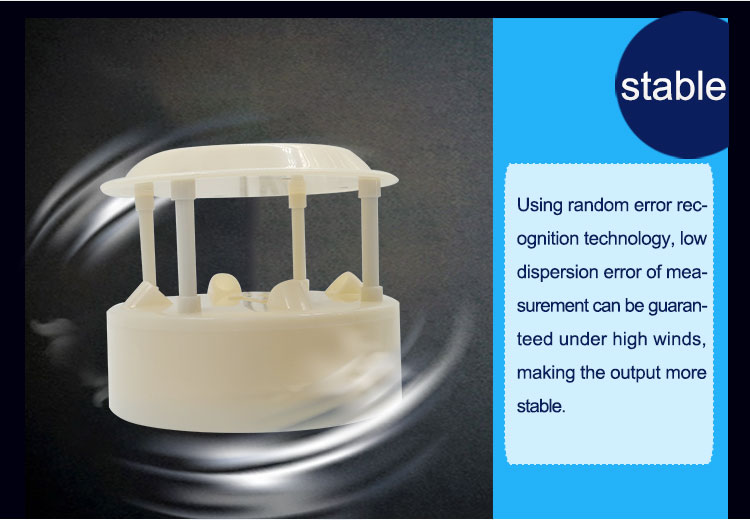
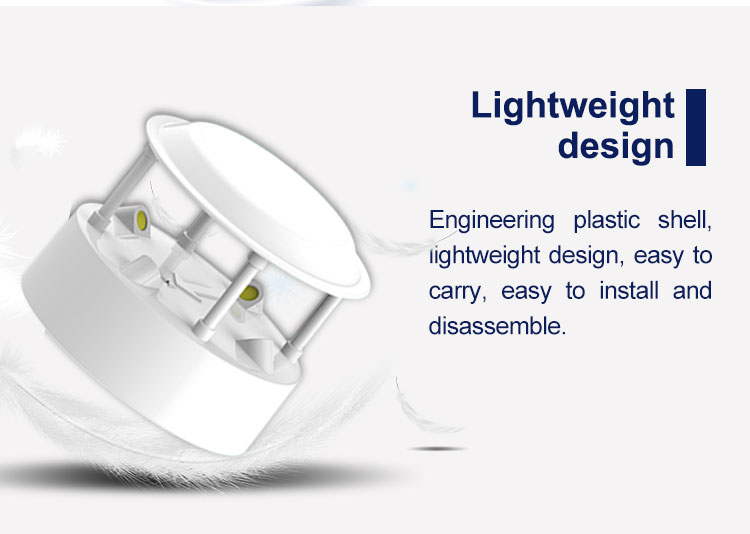
Attachment:
4G Ultrasonic Wind Speed And Wind Direction Sensor Introduction Manual

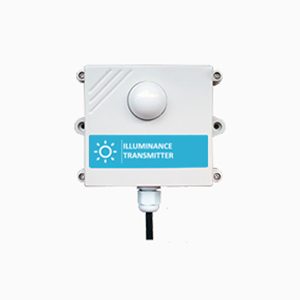

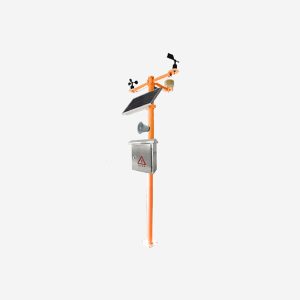
Reviews
There are no reviews yet.